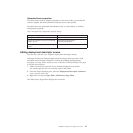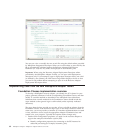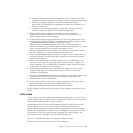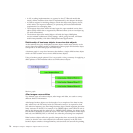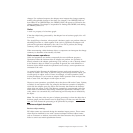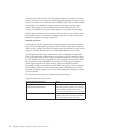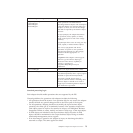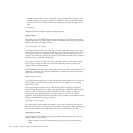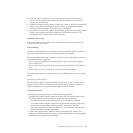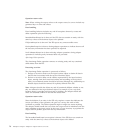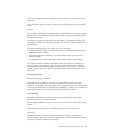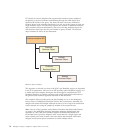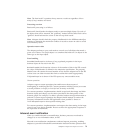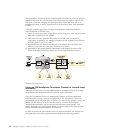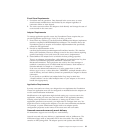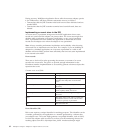2. If the EIS does not generate its own primary key (or keys), insert the key
values from the input business object into the appropriate key column (or
columns) of the EIS entity.
3. Update the output business object to reflect the values of the newly created EIS
entity; this includes any EIS-generated key values or properties marked as
having potential side-effects (see property-level metadata).
4. Recursively create the EIS entities corresponding to the first-level child business
objects, and continue recursively creating all child business objects at all
subsequent levels in the business object hierarchy.
Operation return value
The output written to the output cursor should contain any newly-created key
values and other side effects.
Error handling
The DuplicateRecordException exception is thrown if the EIS already contains an
entity with the same key values as a business object to be created.
The InvalidRequestException exception is thrown if any of the following inputs to
the operation ate not supported:
v If key values are specified in the input business object but the EIS supports
auto-creation only
v If key values are not specified in the input business object but the EIS requires
them
v If the top-level verb, if provided, is not Create (assertion optional)
The EISSystemException exception is thrown if the EIS reports any unrecoverable
errors.
After-image Update operation:
The after-image update operation modifies an EIS entity so that it and its child
objects match the data and structure of the input business object. It requires an
explicit comparison of the input business object to the EIS system.
Processing overview
After-image update processing is as follows:after-image Update
v Compare the existing business object in the EIS with the input business object
and create, update, or delete entities to match the input as follows:
– If child entities exist in the application, they are modified as needed.
– Any child business objects contained in the hierarchical business object that
do not have corresponding entities in the EIS are added to the EIS.
– Any child entities that exist in the EIS but are not contained in the business
object are deleted from the application.
v Update the output business object to reflect the modified EIS entities; this
includes any EIS-generated key values or properties marked as having potential
side-effects (see property-level metadata).
WebSphere Adapter development overview 75



